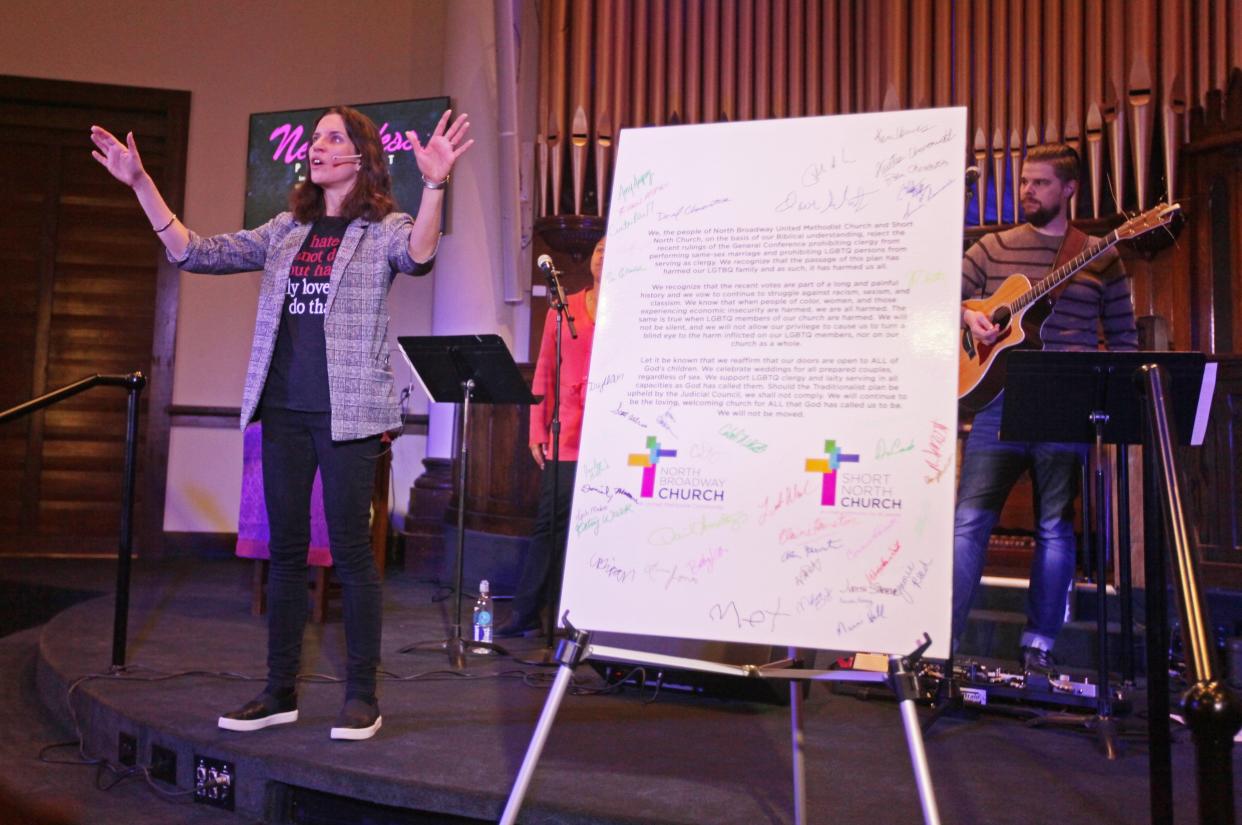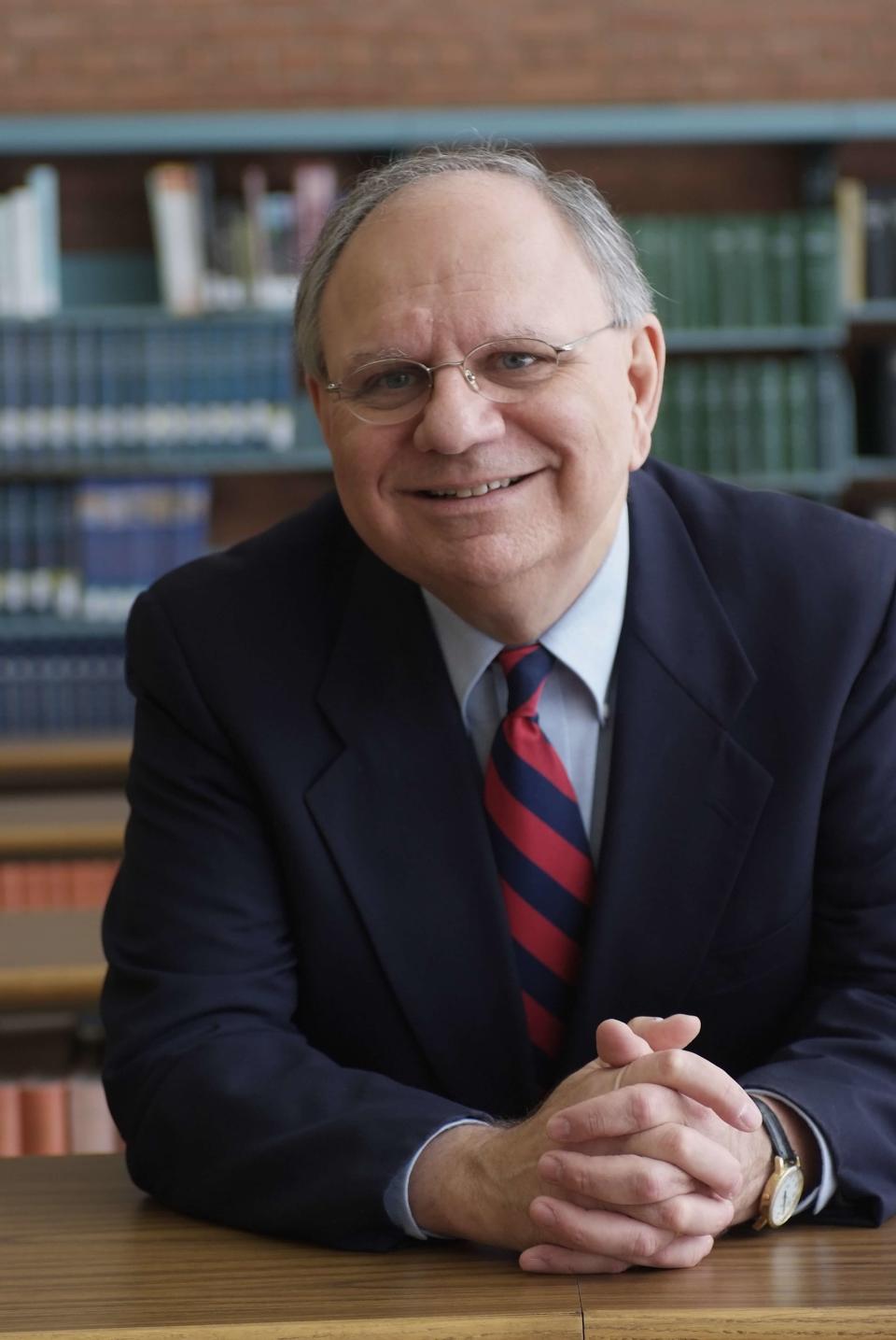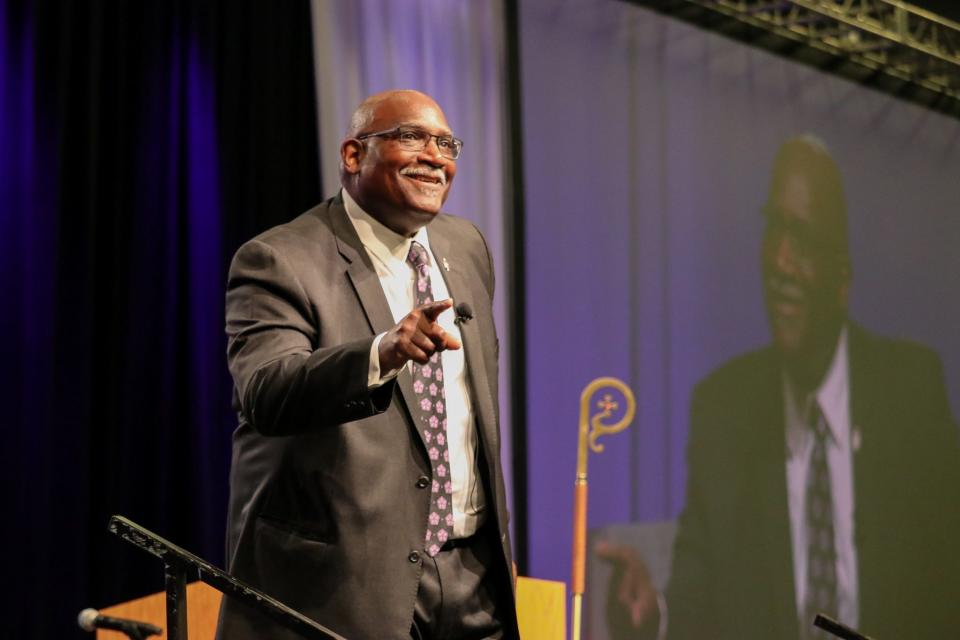Amid largest Methodist schism since Civil War, Ohio tops Midwest for churches leaving

Amid a nationwide schism centered on sexuality and theology, more congregations have voted to leave the United Methodist Church in Ohio than anywhere else in the Midwest, according to data from a new study.
In 2019, the United Methodist Church decided to allow local churches to disaffiliate, if they met certain criteria, as long as they did so by the end of 2023. Churches could vote to leave for "reasons of conscience" regarding homosexuality. Many of the disaffiliated churches opposed what they saw as the parent organization’s LGBTQ+ openness. Although the UMC does not officially allow same-sex marriages or LGBTQ+ ministers, some local congregations remaining within the UMC do so.
In Ohio, almost 600 churches — or around 35% of the total — have disaffiliated since 2019, a higher total and proportion than anywhere else in the Midwest. The state in the region with the next most disaffiliations was Indiana, where around 30% of congregations disaffiliated, according to the study. By contrast, in Minnesota, just 7% of churches disaffiliated. In the UMC’s Northern Illinois Conference, only 2% did.
The study was carried out by the Lewis Center for Church Leadership at Wesley Theological Seminary in Washington, which is affiliated with the UMC.
“Ohio raises some interesting questions,” study author Lovett H. Weems Jr. told The Dispatch.
Nationally, most of the disaffiliated churches are in the UMC's Southeastern and South Central jurisdictions, the same areas where churches previously seceded in the 1800s over the question of slavery, before reuniting in the 20th century, Weems said.
"However, the places that stand out beyond (the South in terms of disaffiliations) are Ohio, Indiana and Western Pennsylvania," he said.

The Rev. Brian Straub, a retired pastor from Upper Arlington and part of the West Ohio Chapter of Wesleyan Covenant Association, a group that helped churches disaffiliate, said that disagreement over homosexuality was only one of the reasons why churches chose to disaffiliate.
“I think that the major reason we chose to disaffiliate was theological," Straub said. "It goes back to whether or not you believe the Bible is truly the Word of God or not. Whether or not Jesus Christ is truly God incarnate and the Son of God or not.”
Bishop Gregory Palmer, the UMC's regional episcopal leader, said he still sees a "hope-filled future" for the UMC.

"The majority of United Methodist congregations chose to remain together," Palmer said in a statement.
"Over the last year, we have launched five new churches and provided significant financial support for 100 innovative and inspiring ministries that will reach new people for Christ. By God's grace, we are seeing a renewed commitment to following Jesus, and loving and serving our neighbors, while making the world more loving and just," Palmer said.
The United Methodist Church schism over LGBTQ+ issues is largest split since slavery
The United Methodist Church is a mainline Protestant denomination that traces its origins to John Wesley, an 18th century English revivalist.
Prior to the recent schism, the largest split in American Methodism occurred in the 19th century and was over slavery, according to the Lewis Center for Church Leadership. In the 1840s, around 40% of members left the then-Methodist Episcopal Church to join the Methodist Episcopal Church, South, which supported slavery. The two churches reunited in the 1930s and then joined the Evangelical United Brethren Church to form the UMC in 1968.
U.S. membership in the UMC was around 6.5 million across over 30,000 churches in 2019, but around 25% of churches, representing 24% of the total membership, have disaffiliated since then, according to the new study.
Nationally, the new study found that the highest disaffiliation rates were in the Southern and Southeastern states, which accounted for 71% of all disaffiliations.
In Ohio and nationally, most UMC churches are in less-populated counties, but the study found that disaffiliated churches were disproportionately rural.
The study found that disaffiliated churches are more likely to be majority-white and have an elder, male pastor than churches remaining within the fold. On average, they were the same size as churches that remained within the UMC.
Weems said that in Ohio and elsewhere, many of the disaffiliated churches are in counties that voted for Donald Trump in 2020.
He said he would be interested in investigating if many of the disaffiliated churches in Ohio previously belonged to the Evangelical United Brethren Church, which grew out of the German church before uniting with the UMC in 1968.
Straub, who belongs to the disaffiliated Riverside Global Methodist Church in Upper Arlington, said that the disaffiliation process went smoothly in the West Ohio Conference of the UMC, in part because of the cooperative attitude of Bishop Palmer. But Straub said that in other parts of the country, UMC leadership had made it more difficult for churches to disaffiliate.
The Rev. Marcus Atha is senior minister at North Broadway United Methodist Church on Columbus' North Side, which is not disaffiliating. He attributed Ohio's high rate of disaffiliations to local advocacy work by organizations such as Straub's and growing support for gay marriage among Ohio congregations like his own.
"Now that we're past the disaffiliation stuff, there is a great renewed energy in the church," Atha said. "Giving is way up; attendance is way up. … It's creative time. It's partnership time and relationship time, that kind of stuff — in fact, in the last couple of weeks, the conference has done some great, energetic kinds of things, like starting funding new ministries."
Upcoming UMC general conference could decide fate of international congregations
Now that the window for disaffiliations has closed in the U.S., questions remain about what will happen with disaffiliations internationally.
In 2019, about 6.5 million UMC members — around half of total membership — lived abroad, according to the church.
The UMC's disaffiliation policy, outlined in its Book of Discipline, does not apply to congregations outside the U.S. Nonetheless, some churches, particularly in Africa and the Philippines, have voted to leave without permission from the UMC, in some cases joining the more-conservative Global Methodist Church.
The UMC will hold a general conference starting April 23 in Charlotte, N.C. Delegates will vote on a number of proposals, including one to increase the autonomy of UMC conferences located outside the U.S. Legislation to make it easier for churches outside the U.S. to disaffiliate may also be proposed.
Liam Adams, of The (Nashville) Tennessean, contributed to this report.
Peter Gill covers immigration, New American communities and religion for the Dispatch in partnership with Report for America. You can support work like his with a tax-deductible donation to Report for America at:bit.ly/3fNsGaZ.
pgill@dispatch.com
This article originally appeared on The Columbus Dispatch: Ohio top Midwestern state for disaffiliations amid Methodist schism

